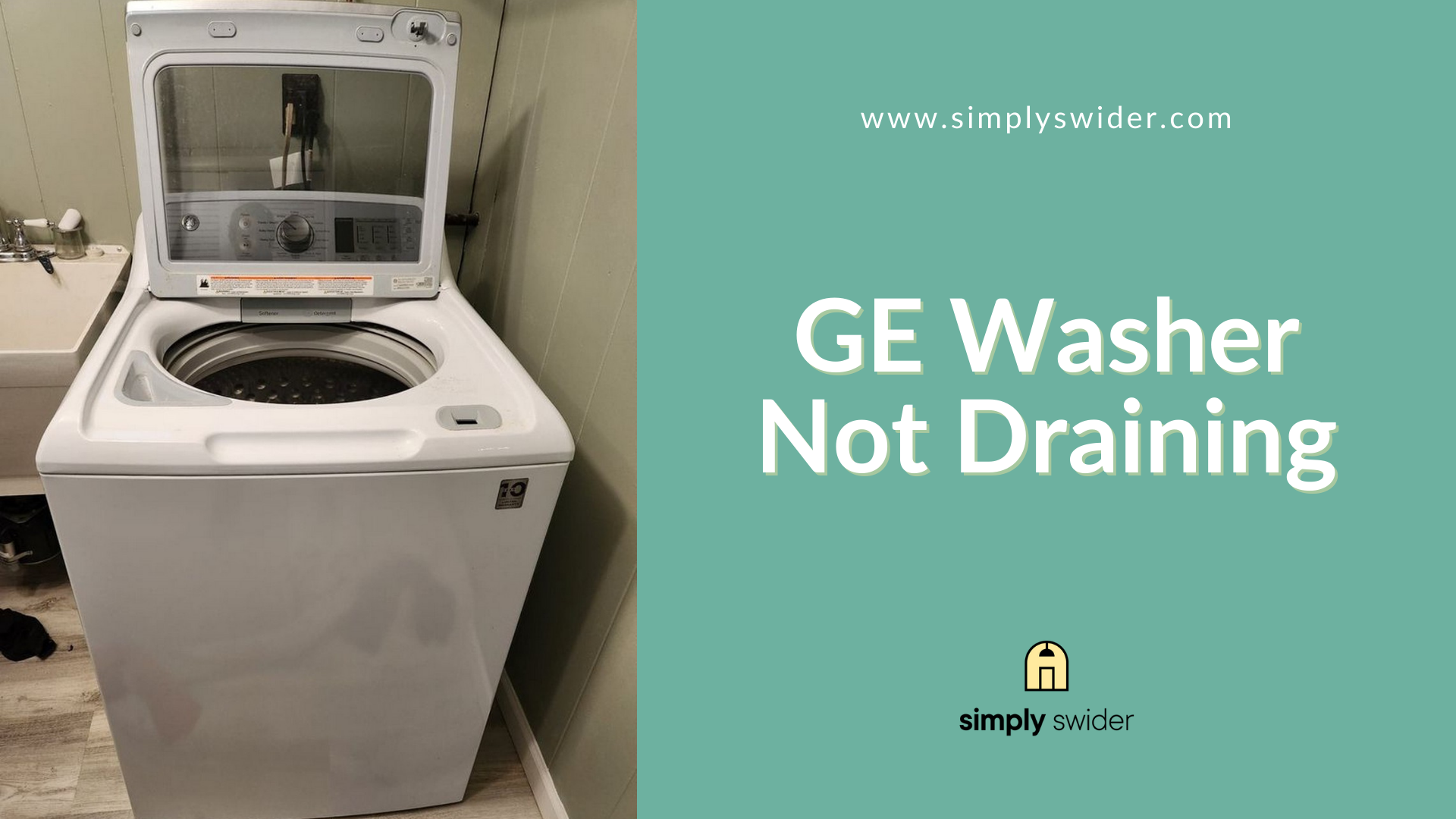Here’s the scoop:
According to our research from a GE user survey, I’ve discovered that the second most common fault with GE washing machines is when they won’t drain.
The draining function plays a crucial role in the wash cycle, ensuring a consistent flow of fresh, bubbly water when needed.
Keep in mind:
A brand-new washer is less likely to experience this issue, but a moderately or heavily used washer is more susceptible.
The reality is:
If your GE washer can’t drain, it becomes unusable.
Get this:
Akai Fowler from Houston, TX, an appliance repairer with 10 years of experience, will help us dive deeper into these issues, providing expert advice to help you tackle them head-on.
Stay tuned:
As we unravel the most frequent problems affecting GE washers, you’ll learn how to diagnose and fix them, ensuring your washer gets back to its optimal performance.
Table of Contents
Why Your GE Washer Is Not Draining
Don’t worry if your GE washer suddenly stops draining. According to Akai Fowler from Houston, TX, an appliance repairer with 10 years of experience, the issue might be simpler than you think. It could be due to reasons like using too much detergent, overloading the tub, or more advanced issues like defective or clogged parts.
So:
Let’s explore these issues closely and learn how to keep your appliance running smoothly.
1. Excess Washing Fluid or Detergent
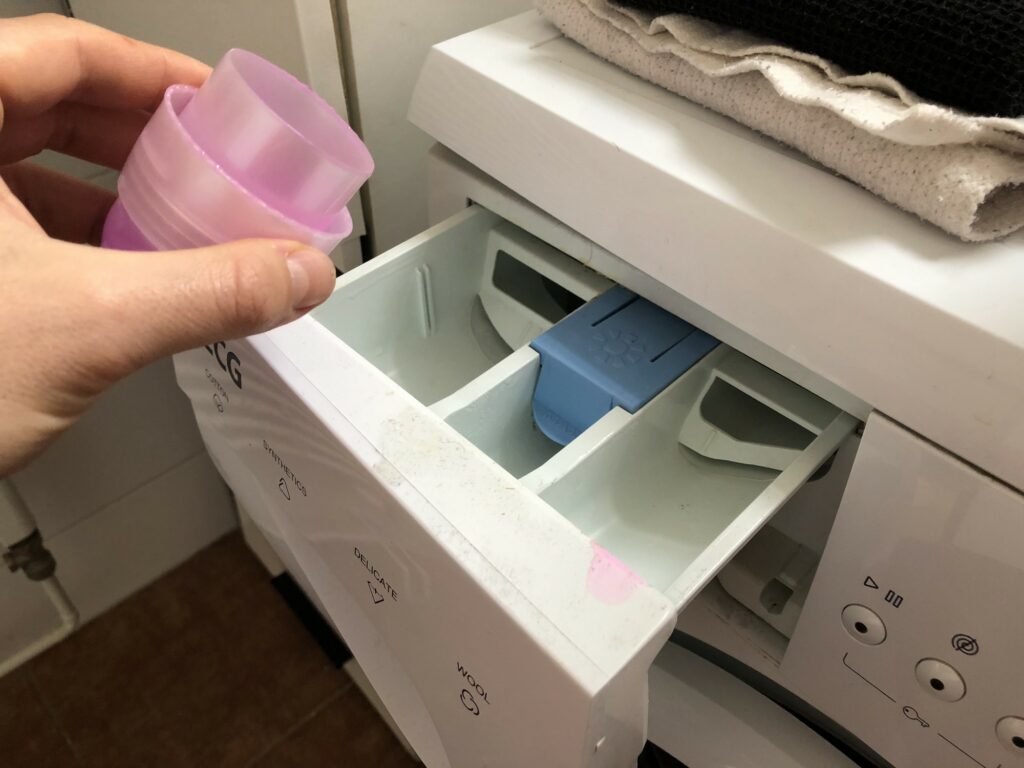
Here’s the deal:
Finding the right amount of washing fluid or detergent for your GE washer can be a bit tricky.
But:
Akai Fowler from Houston, TX, an appliance repairer with 10 years of experience, advises:
Using too much detergent can prevent your GE washer from draining the tub efficiently. Excess detergent creates too many suds and residue, which may lead to clogs in the washer’s pump.
Akai shared images and commented, “Have you ever seen a washer tub outside of its case? Well, you probably wouldn’t if you knew what was there! It’s really important to use the right detergents and put them in the right place.”
“This particular tub is part of an older style GE Top Loading Washer. The part that is reddish in color is supposed to be where bleach goes. Instead, detergent has been poured in it, causing it to run down the side and possibly ruin your floors!”, he added.
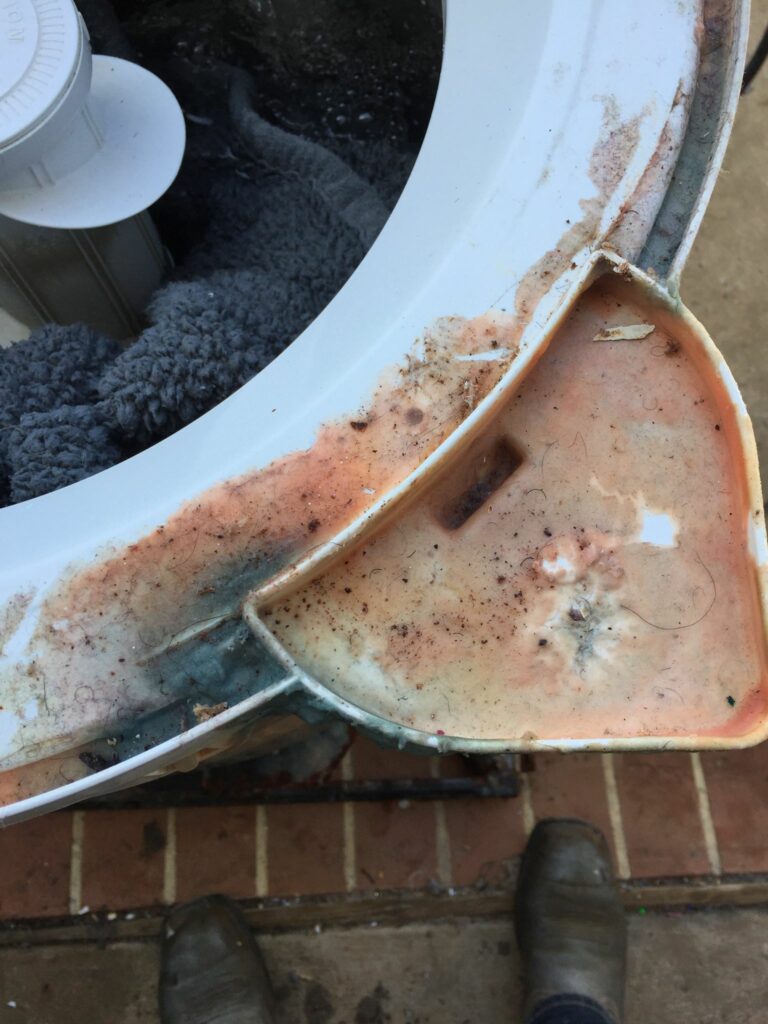
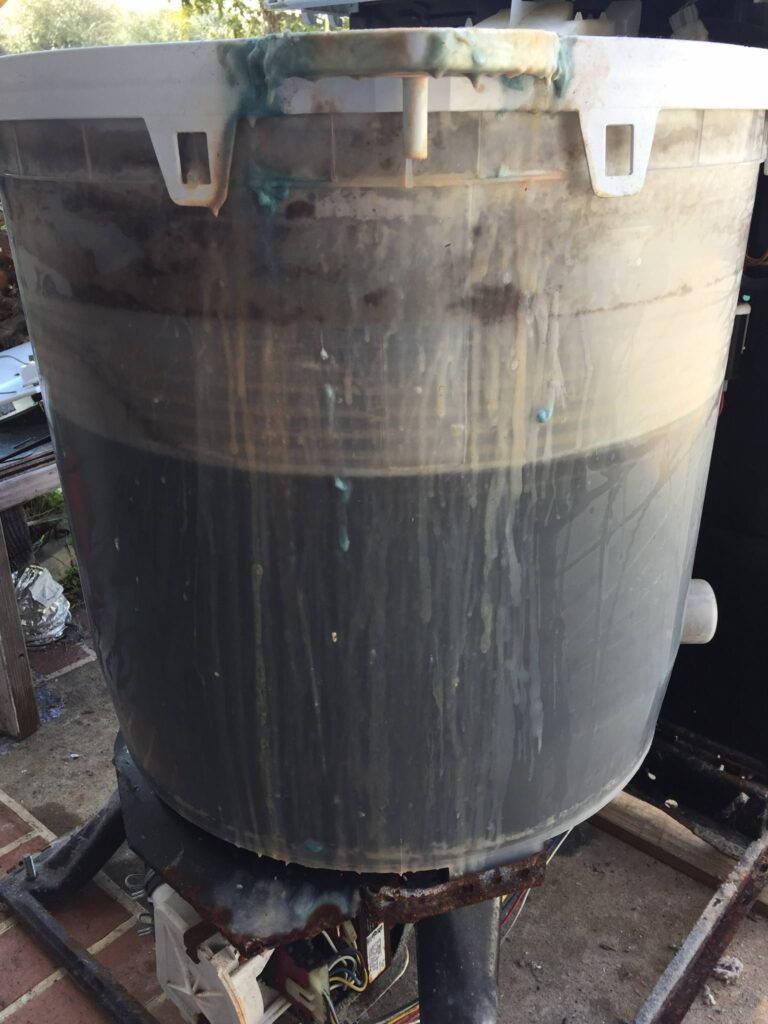
The solution:
Practice restraint when using surfactants, adding just enough for the load you’re washing.
Remember:
Most washers need only about two tablespoons of detergent per wash. In some cases, even just one tablespoon might do the trick.
By using the right amount of detergent and placing it in the proper location, you’ll ensure smooth draining and avoid clogs or potential damage to your floors.
2. Overloading the Tub
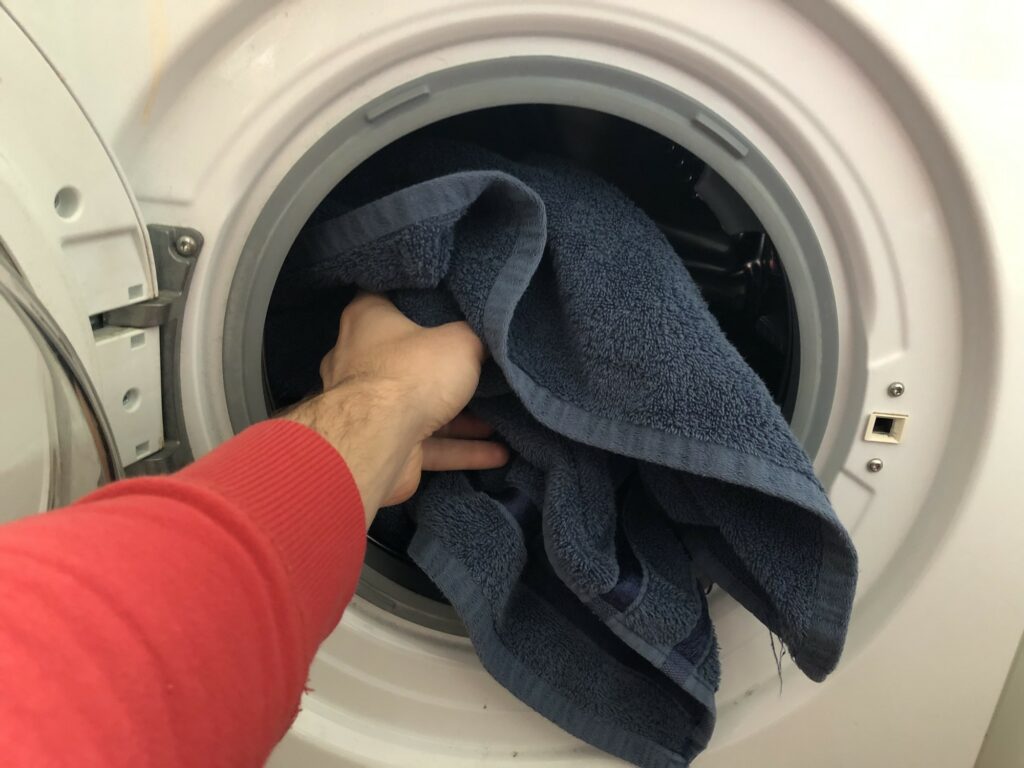
Here’s what you need to know:
Stuffing your GE washer with as many clothes as possible might seem like a good idea, but it can lead to bigger issues down the line.
Akai Fowler, an appliance repairer from Houston explains:
Overloading your GE washer may prevent it from starting its cycle. Even if it does start, it’s likely the washer won’t drain effectively due to the excessive load.
So, it’s crucial:
As a user, you must avoid overloading your washer. Don’t rush your laundry just to save time.
What you can do:
Consult your washing machine manual to determine the maximum laundry weight your model is designed to handle, preventing overloading and ensuring optimal performance.
3. Clogged Drain Hose
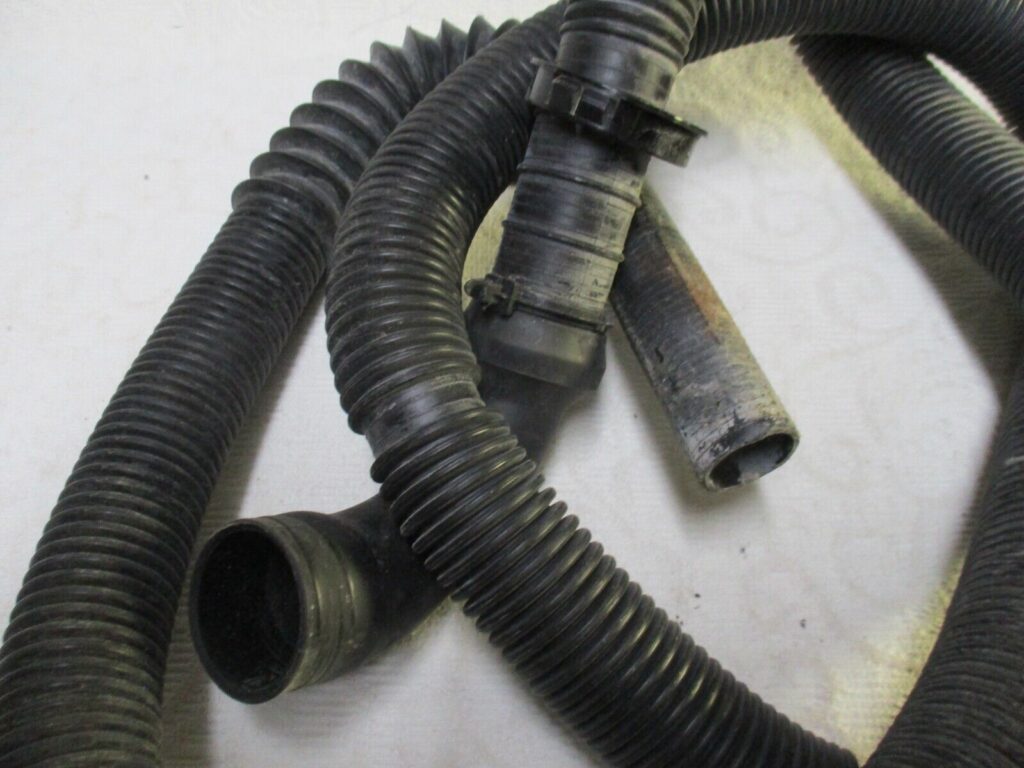
Take note:
A clogged drain hose can quickly escalate into a more serious problem if not addressed promptly.
The good news:
GE washers are equipped with sensors that help detect this issue. When the drain hose is clogged, your GE washer should have an indicator light flashing as a warning.
Keep in mind:
It’s crucial to unclog your drain hose as soon as you notice the issue. A clogged hose can cause water to accumulate at the bottom of your machine, potentially damaging its electronics.
Moreover:
A clog might lead to a leak that could harm the surrounding furniture.
Don’t worry:
This problem can be solved with a few simple steps. Akai shares his advice on how to troubleshoot a clogged drain hose:
- Step 1: Turn off your GE washer and unplug it from the wall.
- Step 2: Move the machine forward enough to access its lower-back area.
- Step 3: Locate the drain hose, turn it to unlatch the safety, and disconnect it.
- Step 4: Use a turkey baster to pass water through the hose. Water should flow freely if there’s no clog.
- Step 5: Put on a latex glove and, if your hands are small enough, reach into the hose. Feel around for buildup and remove it if necessary.
- Step 6: Inspect the hose outlet for clumps or buildup and clear them out.
- Step 7: Clean the hose and reconnect it.
Once the hose is cleared, water should flow freely from your machine.
4. Clogged Drain Pump
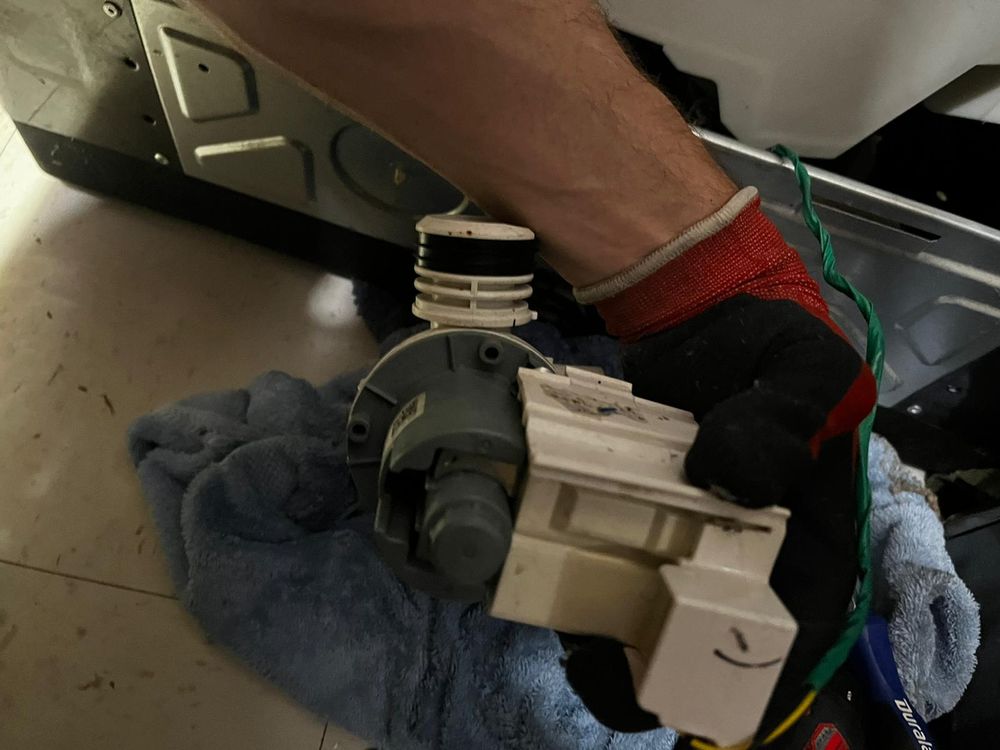
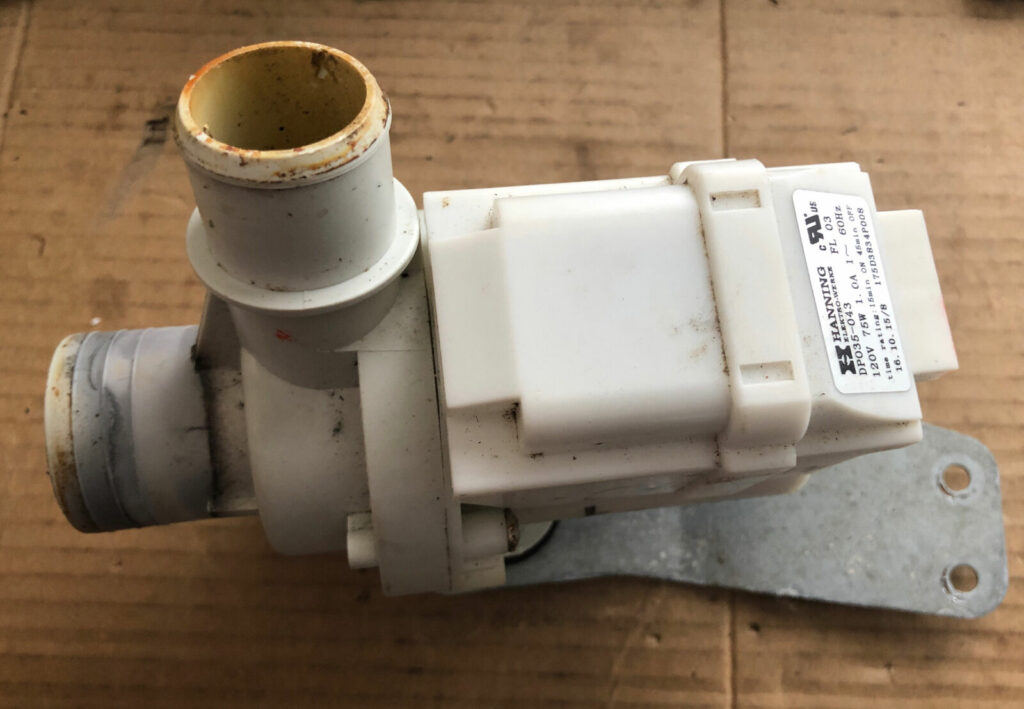
Here’s the deal:
The drain pump plays a crucial role in your GE washer, ensuring water flows properly within the machine.
Unfortunately:
The pump won’t function correctly if the connection to the tub is clogged, which can occur if the drain trap fails to catch loose fabric or debris.
Don’t worry:
Akai shares his advice on how to clear this blockage by accessing the drain pump. Remember to unplug your GE washer before starting.
- Step 1: Insert a putty knife into the gap between the top and front panel. Release the spring latches on both sides.
- Step 2: Gently tilt the front panel forward and lift it out. Set it aside.
- Step 3: Locate the pump motor at the bottom right of the machine. Disconnect the motor and move the wire harness out of the way.
- Step 4: Observe the two hoses attached to the pump motor. Begin by unscrewing the 3/8-inch bolts fastening the motor to the washer’s floor.
- Step 5: Use pliers to squeeze the safety clamp on the hose connecting the tub to the motor, typically the larger black hose.
- Step 6: Place a small pail under the hose to catch any dripping water, then set it aside.
- Step 7: Remove any debris or build-up you find in the hose.
- Step 8: Repeat the process for the drain hose connected to the top of the pump.
If your machine still doesn’t drain after clearing the hoses, the pump may be faulty.
The good news:
A skilled technician can easily replace the pump by detaching it from the washer.
5. Clogged Drain Pump Filter
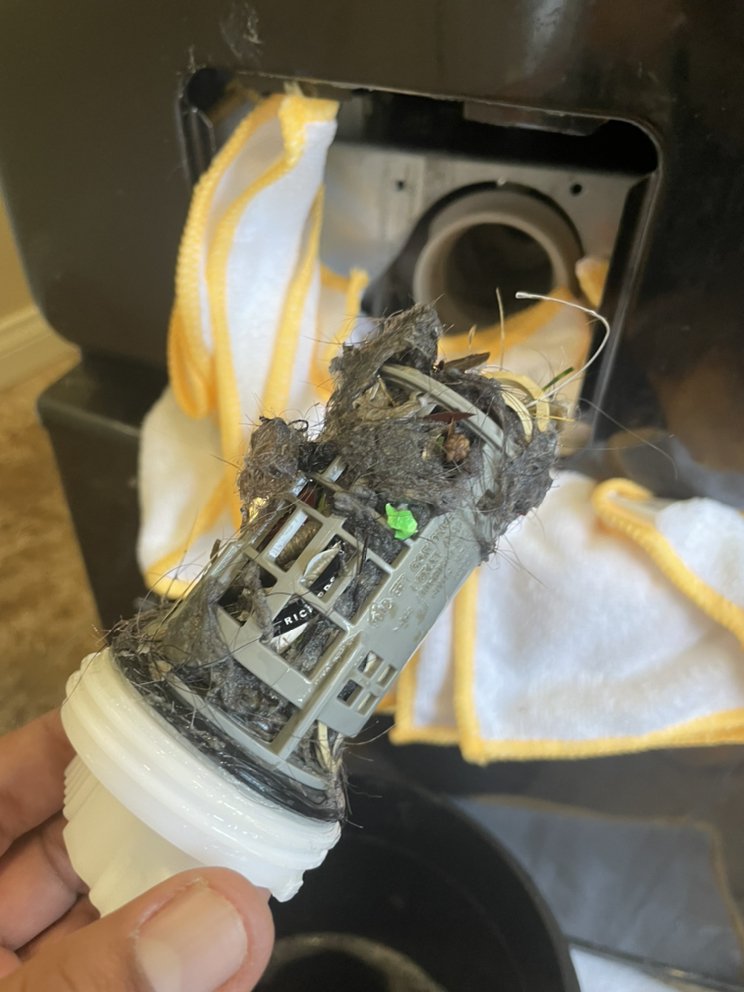
Let’s face it:
Forgetting small items in your clothes before placing them in the washer is a common mistake. Emptying your pockets is always a good idea, but it can be easy to forget.
Here’s the problem:
Over time, these small items can enter the GE washer’s drainage system and obstruct water flow.
Your GE manual will likely warn against leaving items in your laundry, but luckily, GE washers are equipped with a standard drain hose filter. This safety feature prevents small items from accidentally entering the pump.
However:
Gunk and small items can accumulate in the filter over time, causing the GE washer to drain more slowly.
If left unattended:
The machine may eventually stop draining altogether. That’s why it’s crucial to check and clean the washer drain pump filter regularly.
Akai Fowler, an experienced appliance repairer, advises locating the filter in your GE top-load washer by removing the panel beneath the glass door. You’ll find the filter compartment there.
Next:
Clean the filter thoroughly before reinserting it into the machine.
Doing so should ensure smooth water flow out of your GE washer.
6. Faulty Lid Switch
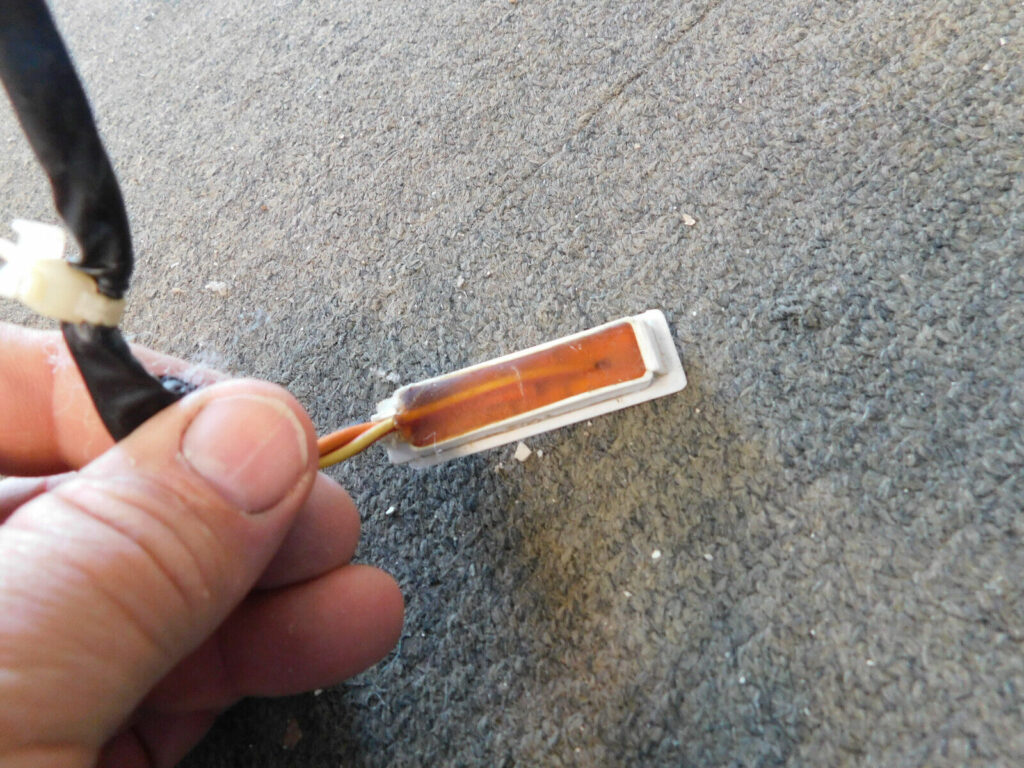
You might be curious:
What exactly is a lid switch?
Let me explain:
This useful component not only keeps you safe from hazards but also protects your washer. The lid switch prevents a GE washer from operating if the lid is left open.
However:
A faulty lid switch can cause issues. If you manage to start a wash cycle with a malfunctioning lid switch, your GE washer may refuse to drain.
The good news is:
Replacing the lid switch is relatively simple. To do so, access the area under the top lid and remove the old lid switch.
Keep in mind:
When installing the new part, make sure to leave enough wire room to work with. Exercise caution during this process, as mishandling can damage the new lid switch.
Akai Fowler, a seasoned appliance repairer from Houston, TX, advises that if you’re not comfortable with technical repairs, it’s best to schedule an appointment with a GE appliance repair technician for assistance.
In the end:
Your GE washer should function smoothly once the part has been replaced.
Models Most Affected
Sadly:
Drainage issues could affect any GE washer.
However:
Some models typically suffer from the inability to drain more than others due to one fault or the other.
Here is a list of such models:
1. GE Top Load Washer
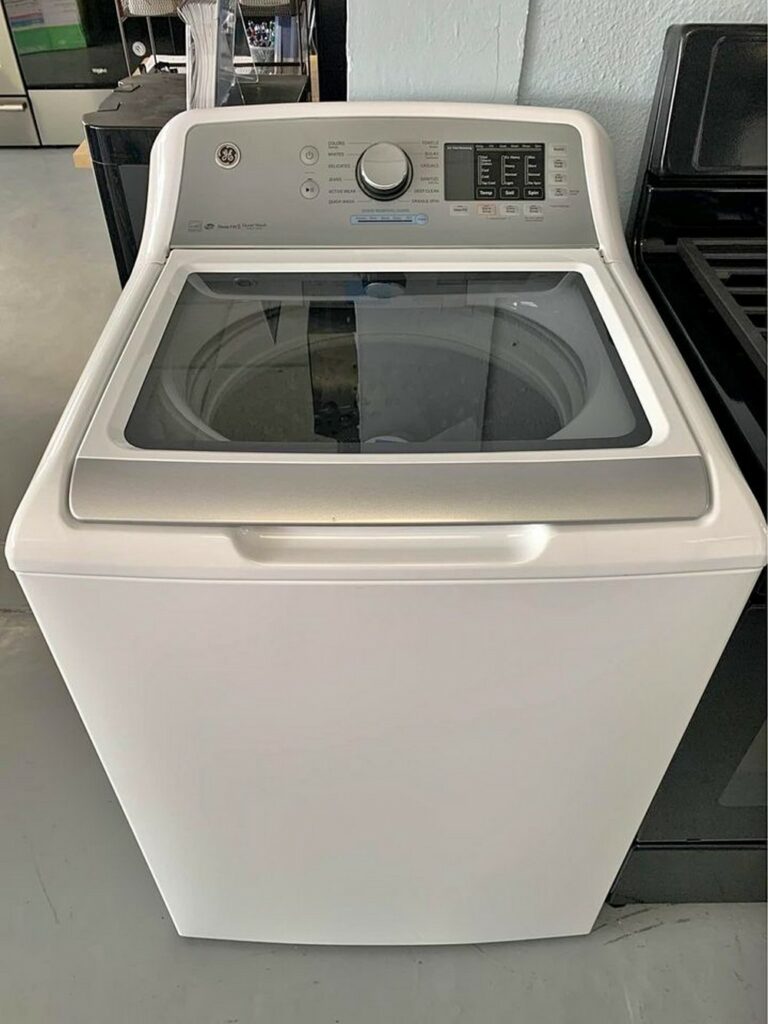
Get this:
Finding the pump filter on the top load model washer isn’t as intuitive as the front load.
As such:
Users may leave the filter to accumulate debris over a long period, leading to a clog.
Keep in mind:
You can consult the GE user’s manual to locate specific parts. The location of the filter may differ depending on what specific top loader you own.
Either way:
Go the extra mile and clean out the washer filter as frequently as possible to avoid problems in the future.
2. GE Front Load Washer
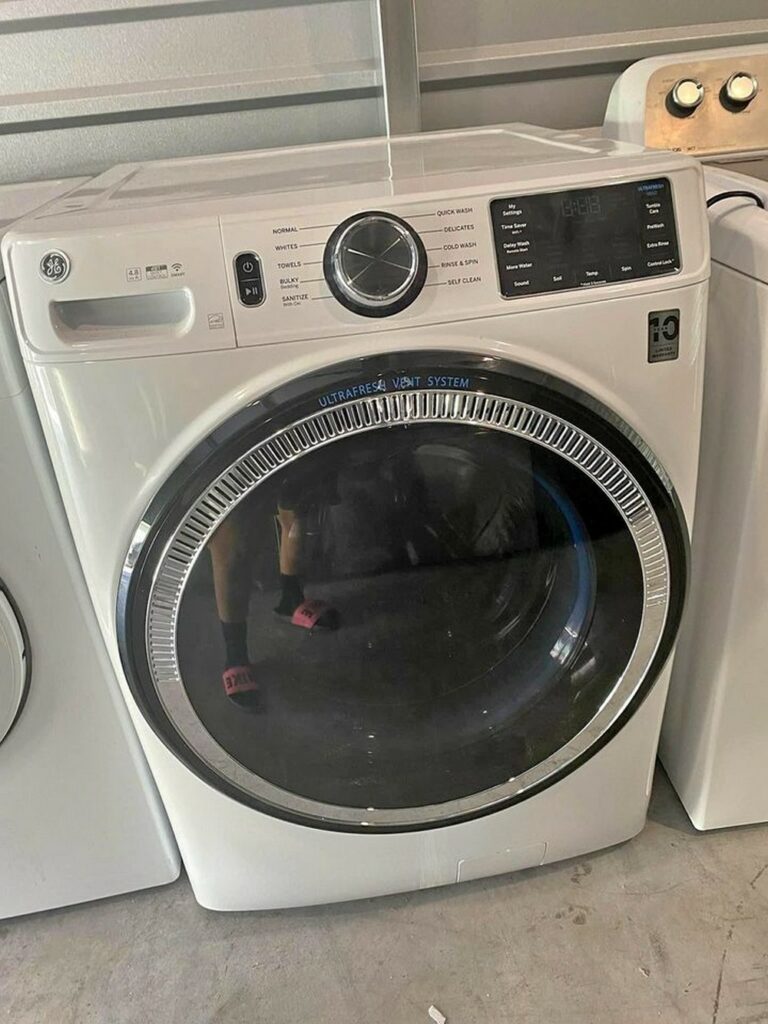
The GE front load washers are susceptible to a faulty lid switch.
Similarly, it’s harder to gauge the right amount of laundry to load into your front loader.
On the plus side:
The front load washer gives easy access to the drain pump filter, allowing you to solve drainage issues easily.
3. GE Hydrowave Washer
Like the first model, the Hydrowave washer also accepts laundry loads from the top.
As such:
This model is susceptible to the same problems as other top loader models.
However:
It gives easy drain hose access, alleviating some of the stress of maintaining the washer.
In any case, users should clear the drain hose as often as possible to avoid draining issues.
4. GE Stackable Washer
Stacked washers aren’t as easy to troubleshoot as their single-unit counterparts. They can usually be found in your local laundromat.
As such:
The problems that cause a GE washer not to drain are compounded over time until the washers are serviced.
Fortunately:
Most laundromats take good care of their equipment and are unlikely to face this problem when the machine has been properly serviced.
Conclusion
The ability of your GE washer to drain properly is crucial for its effective operation. Dealing with dirty water stuck in your washer is undoubtedly an inconvenience.
Fortunately:
I’ve explored several common issues and malfunctions in your washer that could prevent it from draining:
- Excess washing fluid or detergent
- Overloading the tub
- Clogged drain hose
- Clogged drain pump
- Clogged drain pump filter
- Faulty lid switch
Akai Fowler, an appliance repairer with 10 years of experience, advises that you carefully check each item on this list if your washer refuses to drain, and you’ll likely identify the root cause.
Ultimately:
Addressing the issue will resolve the problem, and your GE washer should drain smoothly!
So, tell us:
Did you find this guide helpful? Are there any defects or troubleshooting tips you think we might have overlooked?
Feel free to share your thoughts in the comments below!
Frequently Asked Questions
Your GE washer may not be draining because of a clog somewhere in your machine. The clog could be in the drain hose, the drain pump, or the drain pump filter.
The pump itself could also be faulty and in need of a replacement.
You can manually drain a clogged GE by washer using a small coin to open the pump filter access door. Next, twist the filter out of place.
Remember to position a bowl by the outlet to collect water once the clogged filter is removed.
Check the drain hose for kinks, bends, and clogs, preventing water from flowing out. Remove any obstructions, and it should work just fine.

